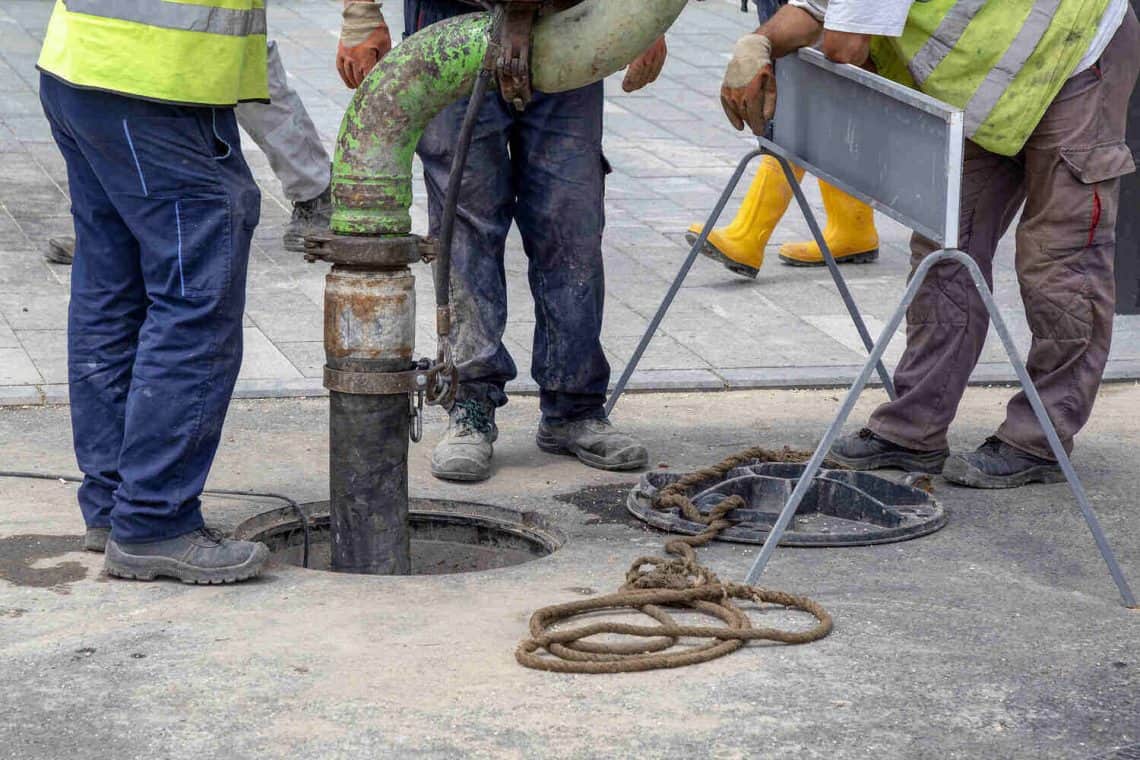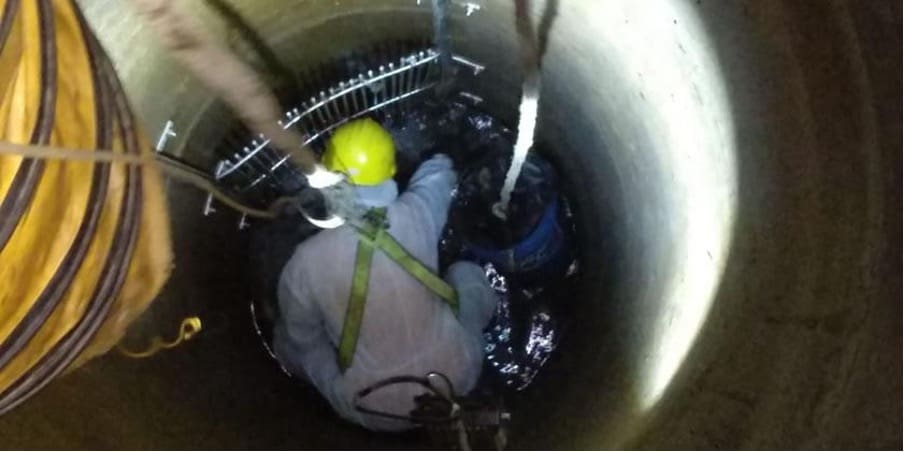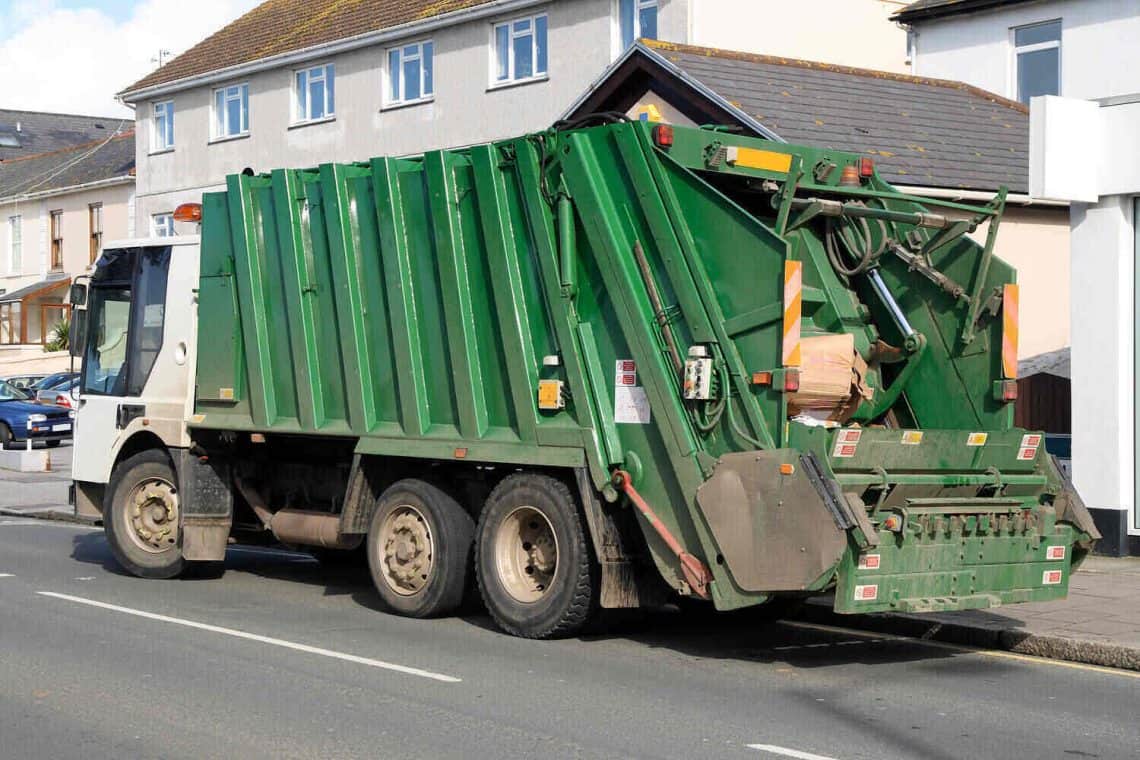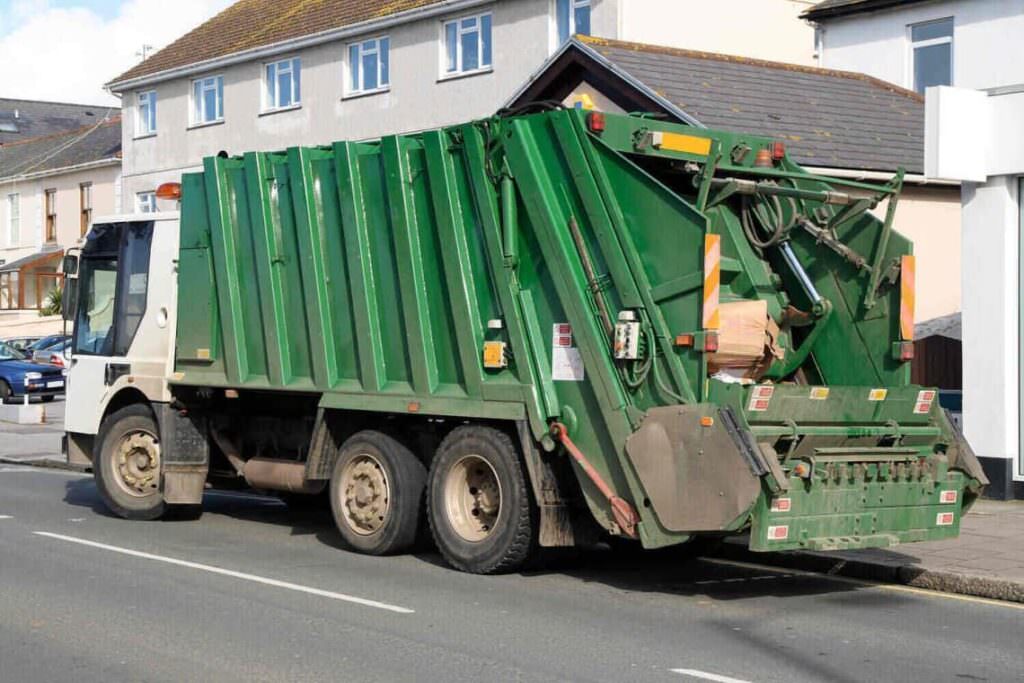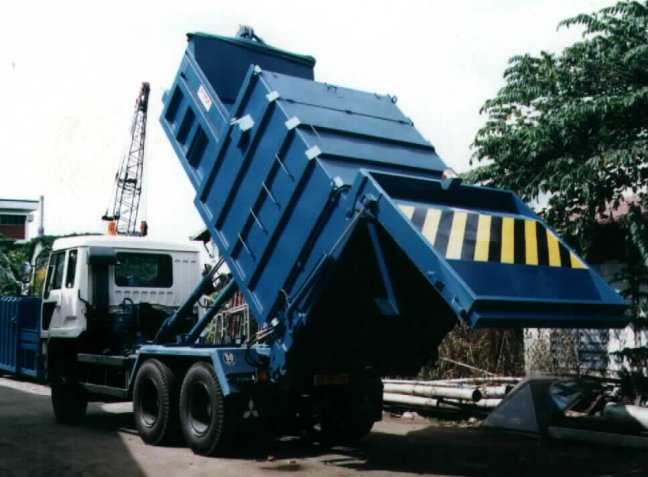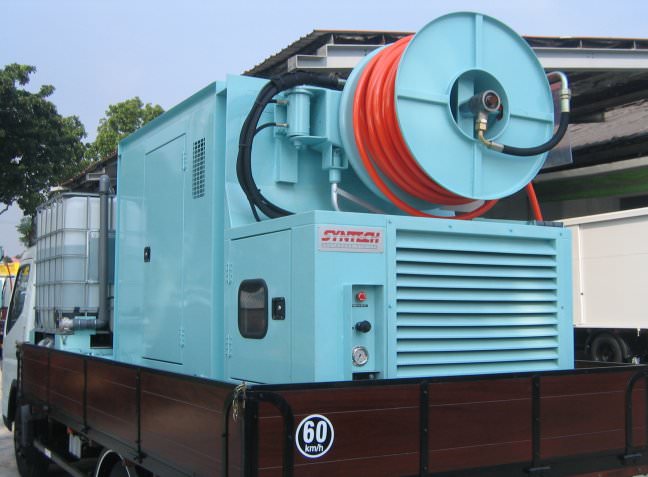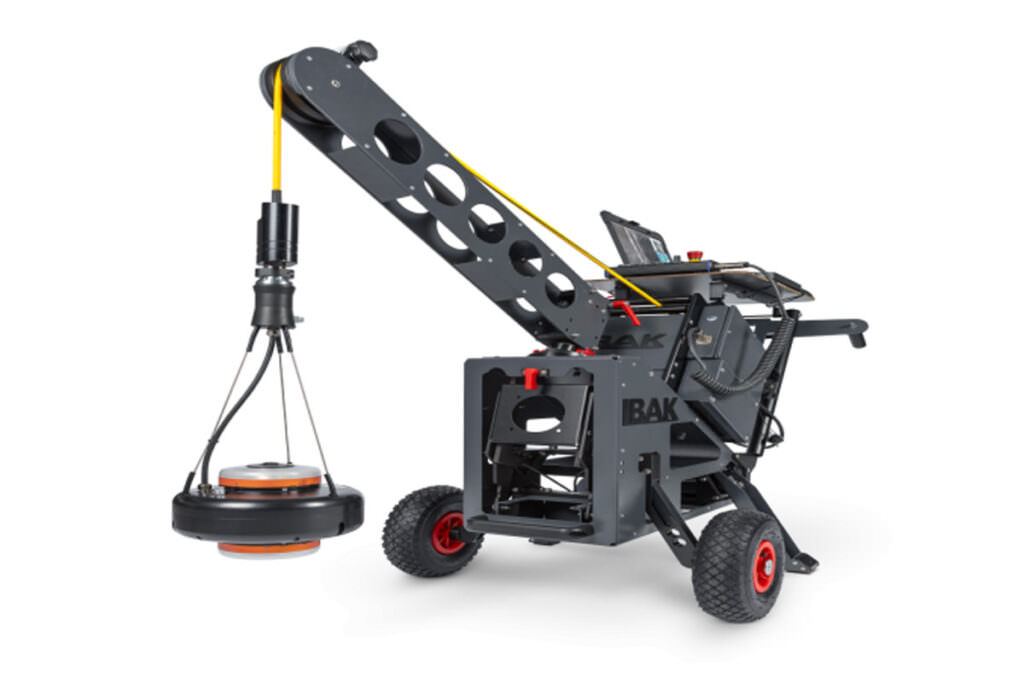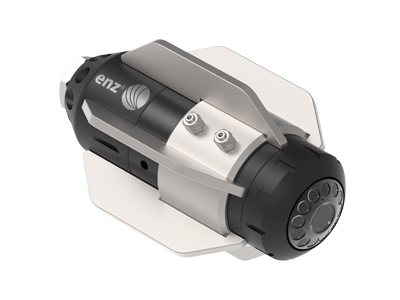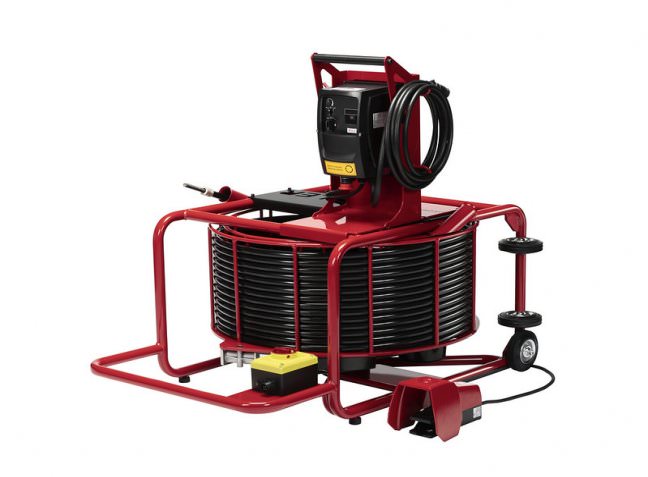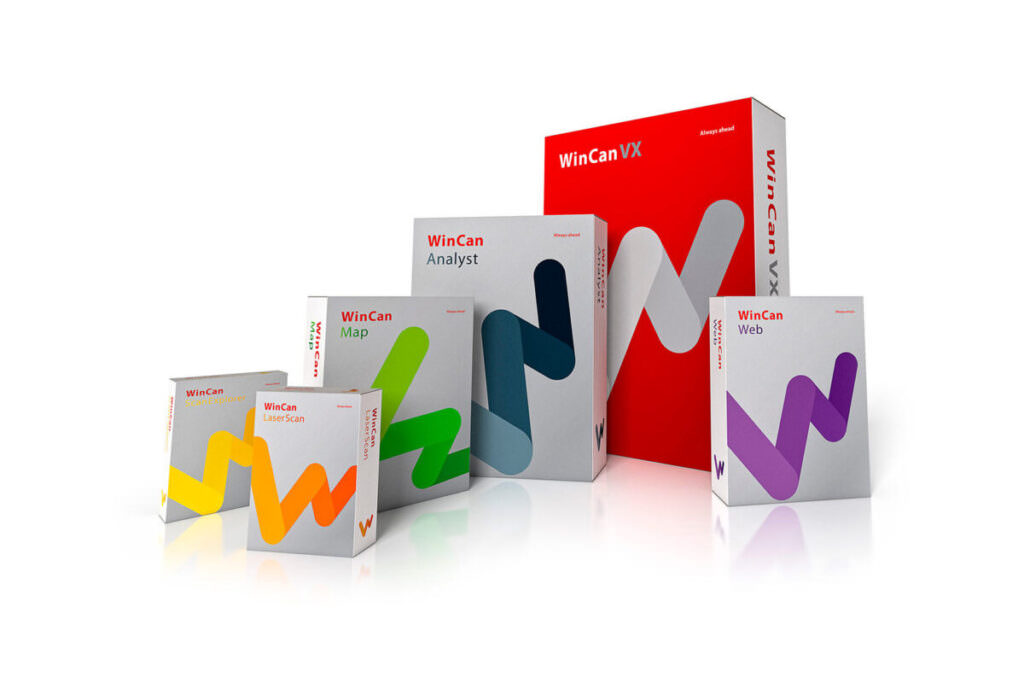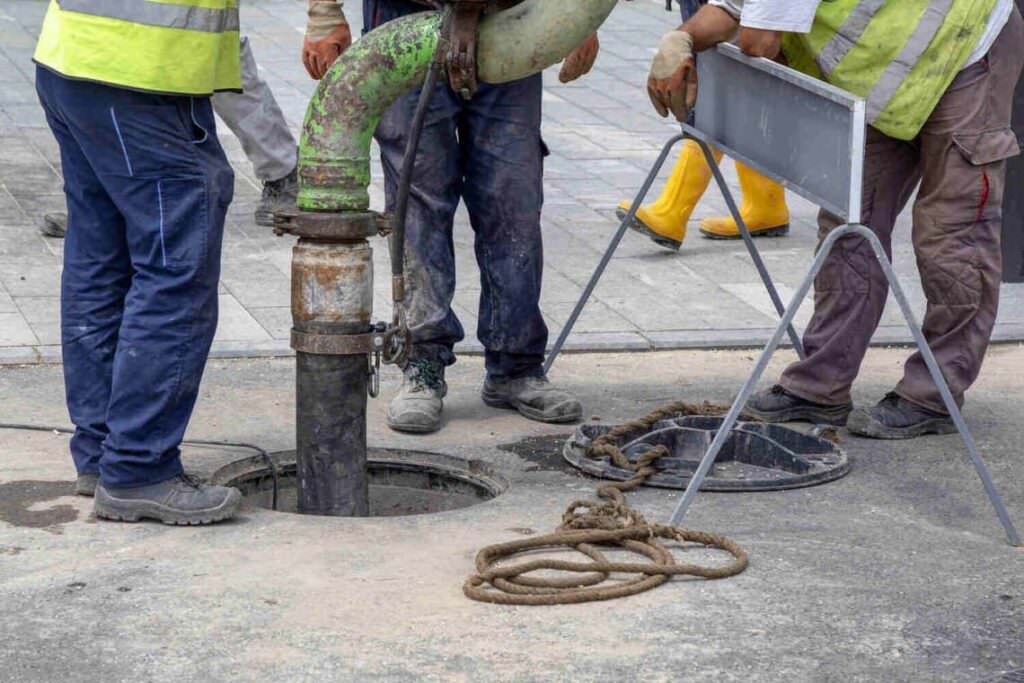
With a population of over four million people living in Singapore, providing clean water is essential for the well-being of Singaporeans. The country relies on its four water reclamation sites to treat used water collected through a network of sewers. In 2021 the volume of treated used water was over 608.5 million cubic metres. (source: Statista.com)
Maintaining the network of sewers requires the municipalities and other facilities to take action to improve the system. Using sewer cleaning services to unblock and prevent further deterioration and collapse of this system is essential for ongoing treatment and provision of clean water for Singaporeans.
Having the right equipment is vital to get the job done right the first time if you’re in the business of cleaning sewers. Read on as we share several reasons why it’s important to maintain a healthy sewer system PLUS a list of four sewer maintenance and cleaning services that operate in Singapore.
Why Do Sewers Need to Be Maintained and Cleaned Regularly?
If sewers aren’t kept clean and maintained regularly, several problems arise with most of them risking the health and safety of people and animals. Here are some reasons why sewers need to be kept in good condition when collecting domestic and non-domestic water sources for treatment.
#1. Prevents Contamination of Canals, Reservoirs and Waterways
Ground movement, tree roots, and general wear and tear of aging sewer systems cause the network to be damaged, deteriorate and eventually collapse. When this happens, the risk of leakage from the sewers increases with waterways, reservoirs, and canals becoming polluted. Contaminated water gives rise to problems including diseases, foul odours, and an increase in pests.
Singapore’s sewage reticulation system ensures that contaminated water is treated according to stringent international quality standards. However, leaking sewers do pose health and safety threats to recreational and aesthetic water areas. Regular sewer rehabilitation prevents contamination of Singapore’s canals, reservoirs, and waterways for safe public use.
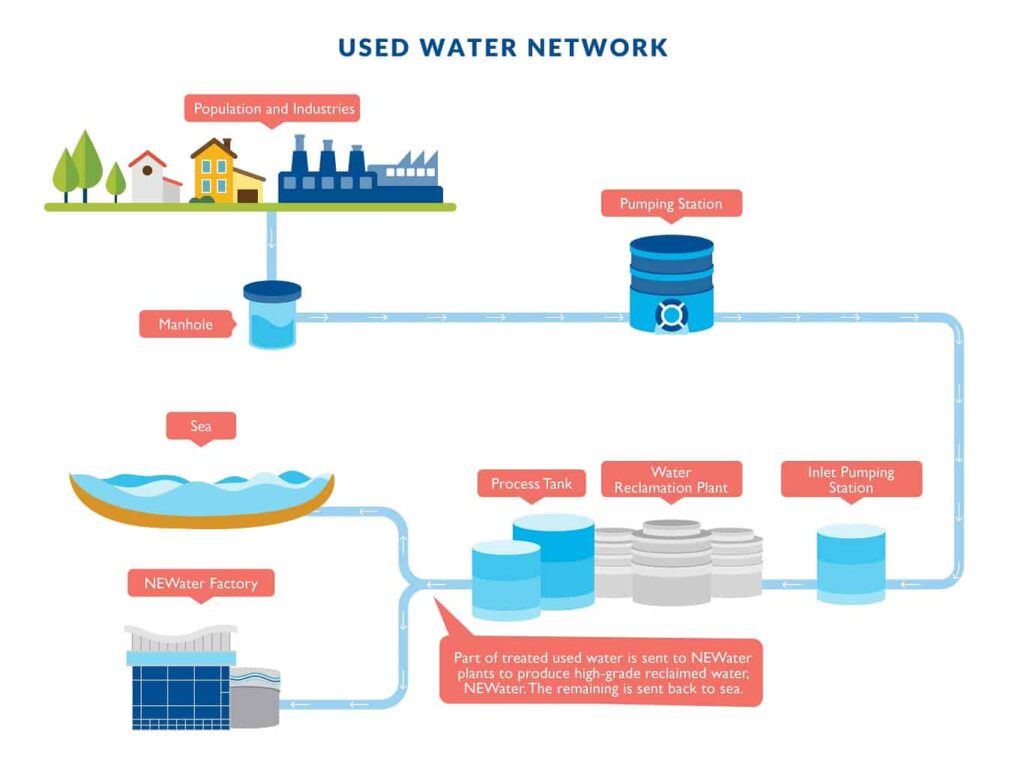
#2. Reduces Exposure to Illnesses and Diseases
Exposure to sewer sludge and wastewater increases the risk of illnesses and diseases associated with dirty water. If sewer lines are blocked, leakage into public areas, roads, water bodies, and private properties exposes people to infections such as gastroenteritis, E. coli, and Leptospirosis.
These conditions result in unpleasant and sometimes fatal symptoms such as:
- Stomach cramps
- Vomiting and diarrhea
- Fever
- Muscle weakness
- Tremors and convulsions
Maintaining Singapore’s sewer lines helps to reduce the population’s exposure to waterborne diseases caused by sewage leakage.
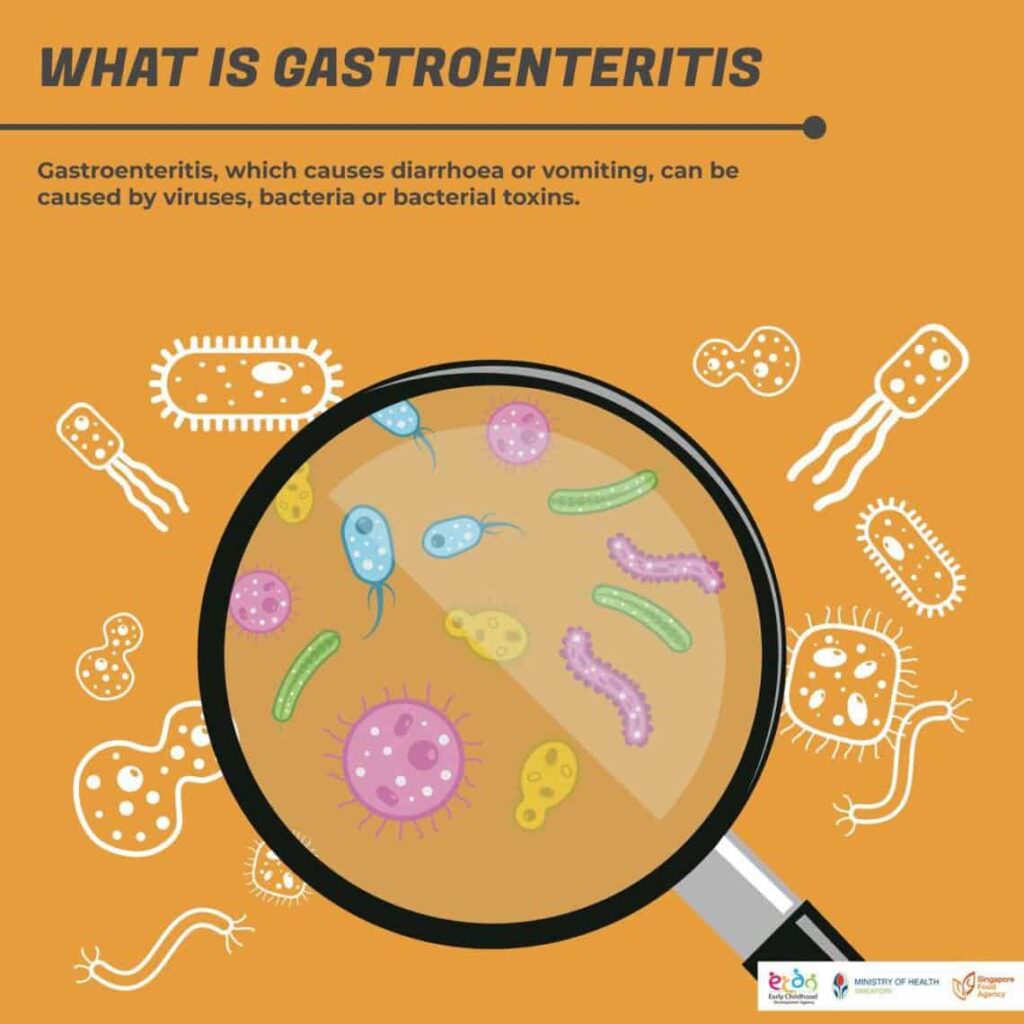
#3. Eliminates Foul Odours
A deteriorating sewer system not only results in contaminated water sources and exposure to viral or bacterial infections but also produces foul odours. Smelly sewage water creates an unpleasant environment for anyone nearby and people are less likely to spend time at recreational spots.
Inhaling bad odours from leaking sewers can cause nausea, headaches and dizziness with some people experiencing respiratory and breathing problems. Keeping wastewater systems clean and regularly maintained limits the chances of foul odours as well as the emission of sewer gas which can be detrimental to human and animal health.
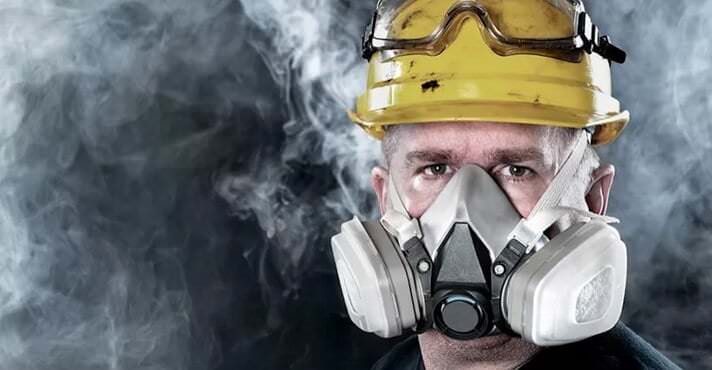
#4. Speeds Up Drainage
If regular inspections aren’t performed on the sewer line, the risk of blockage increases. Clogged sewer lines slow down the free flow of wastewater through the system. This results in slow drainage from toilets, sinks, bathtubs, and showers. Poor drainage leads to the buildup of waste, food, and other debris resulting in putrid or unhealthy conditions in homes and commercial properties.
Ongoing sewer maintenance with high-quality cleaning equipment ensures the system is free of blockages, allowing wastewater to drain speedily. Wastewater can move smoothly through the network of sewers and reach treatment plants unhindered. Regular surveillance and flushing of Singapore’s sewage network ensure the system allows for speedy drainage.
Sewer Cleaning Services in Singapore
If you are looking to work on cleaning your facilities, Syntech Engineers offers high-performance sewer jetting equipment as the official supplier of Rioned sewer jetting machines.
We also manufacture our own sewer jetting machines that can fit your custom needs upon request. Click the link below to contact us directly on your sewer cleaning needs.
ENQUIRE WITH SYNTECH ON PROCURING YOUR OWN SEWER JETTING MACHINES
If you’re looking to procure the services of a professional sewer cleaning provider in Singapore instead, scroll down below to find out more;
#1. Lian Shing Construction Co. Pte. Ltd.
Lian Shing sewer cleaning services include non-destructive methods for clearing blockages without damaging the pipes. The company uses a range of equipment and the latest technology to remove debris, sand, grit, tree roots, grease, and other objects from pipes and manholes, efficiently and safely.
The company’s services include sewer maintenance and rehabilitation as well as CCTV survey and cleaning of holding tanks and drains. They’re equipped to handle pipeline monitoring, leak detections, and emergencies.
#2. PMPS Liner Technology (S) Pte. Ltd.
PMPS has been involved in lining contracts for “No-Dig” sewer/water pipeline rehabilitation since 2002. The company provides other services such as:
- High-pressure and high-flow cleaning works for improved pipeline systems.
- CCTV pipeline inspections.
- Sewer flow monitoring.
- Manhole rehabilitation.
With such services, you can rely on PMPS to give you the best advice for maintaining sewer lines and manholes to prevent problems from cropping up when you least need them to!

#3. Bio-Care Grease Control Pte. Ltd
If you’re in the restaurant or catering business you know how important it is to maintain your kitchen’s sewage system. Bio-Care provides sewer pipe flushing to prevent costly mishaps that could force downtime or closure of your commercial business.
Sewer cleaning services include using high-pressure water jetting and bioremediation of pipes to prevent grease buildup that could lead to drainage and leakage problems. Bio-Care makes use of highly advanced CCTV cameras to scan your sewer pipes to assess their condition.
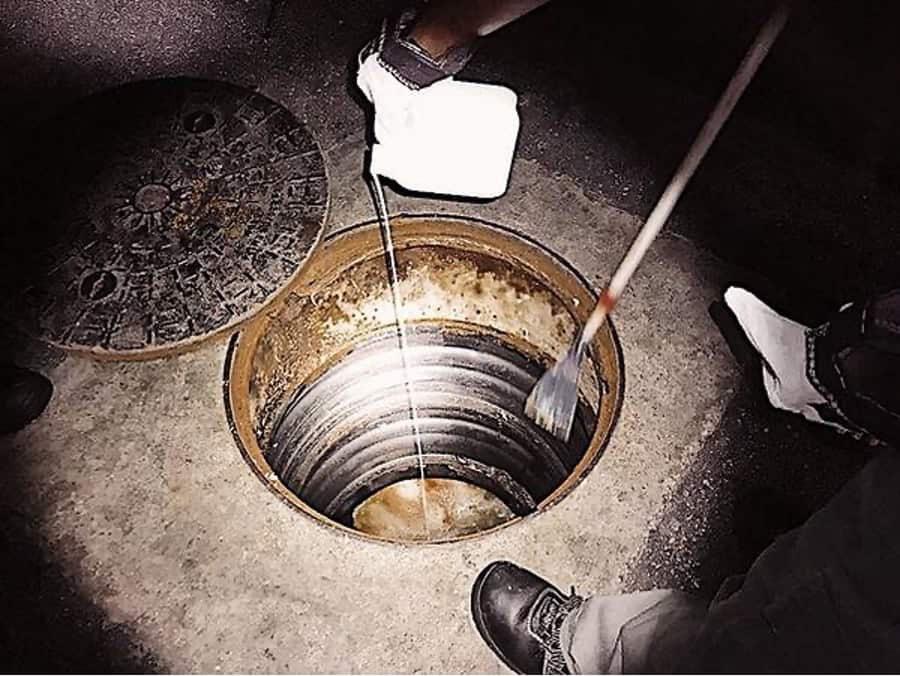
#4. Initial Hygiene
Initial Hygiene’s sewer and drain cleaning services are carried out by specialists equipped to maintain and clean clogged drains and wastewater pipes. The company’s sewer maintenance services include inspecting your plumbing system that connects to the sewer pipes. By keeping the plumbing system in good condition, you can rest assured the sewer line will function better. ‘
Services include:
- High-pressure water jetting
- Grease trap cleaning
- Electromechanical services
- Emergency drain cleaning
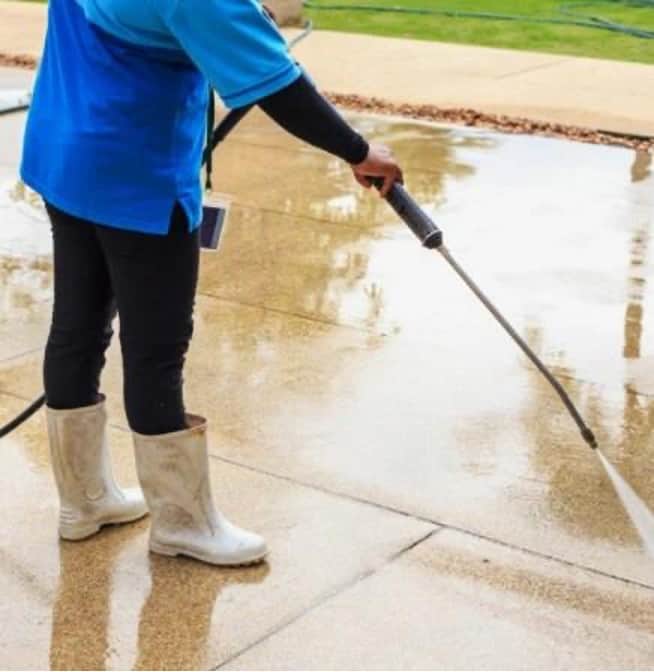
Work with Syntech
At Syntech, we provide environmental solutions to help you to maintain sewer and drainage systems. We sell high-quality European sewer cleaning tools and pipeline monitoring equipment and software so you can clean and maintain wastewater pipes regularly. We also build trucks that combine high-pressure water jetting, vacuuming, and recycling systems for sewage maintenance.
Our cleaning and maintenance products allow you to take proactive steps toward improving the performance of sewer lines. Please feel free to share this article with others searching for top-quality sewer cleaning services in Singapore!
